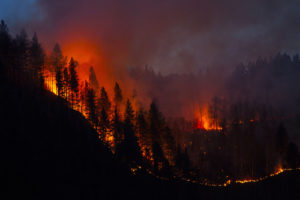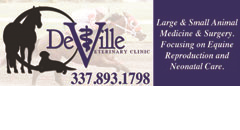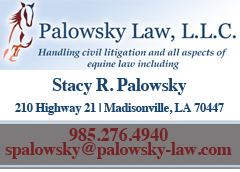Southern California was burning at the end of 2017… People lost their homes, their livelihoods, their lives. People know what to do when their world is aflame: flee. Or, if they are trained and have the right equipment, they face and fight the fire.
Horses seek safety. Unfortunately, the safest place they know is the stall, where they can find the comforts of home: food, water, bedding, and protection.
The Lilac fire in San Diego County swept through the San Luis Rey Downs training center on December 7th. Cliff Sise, a racehorse trainer, tried to convince the two-year-old Thoroughbred filly Scat Home Lady to leave her stall. He couldn’t, and she died where she felt safest. Elizabeth Chou, a reporter for the Los Angeles Daily News, heard him say, “She was one of my favorites…”
Leo Tapia, a groom at San Luis Rey Downs, kept his cell phone recording the scene at the training center as the humans tried desperately to calm, corral, or lead the panicked horses.
You can watch Tapia’s video on YouTube: https://www.youtube.com/watch?v=lx_rQ3nDc7I
Officials say that 46 horses perished at San Luis Rey Downs. A few more escaped into the hills and were not found for days. Rescued horses were taken to the stabling at Del Mar racetrack.
The Lilac fire, as of Saturday, December 10th, had burned 4,100 acres and was 50% contained.
The Creek fire, in the San Fernando Valley north of Los Angeles, killed at least 29 horses. Elizabeth Chou reports that, at one stable, several horses died because their stalls were padlocked… and owners or trainers left no instructions for getting the horses out. Breaking the locks took valuable time; the stable roof collapsed before all the horses could be released.
The Creek fire jumped the 210 Freeway and partially destroyed Gibson Ranch, owned by stunt man Dale Gibson. The ranch, a popular spot for lessons, trail riding, camping, and competitions, has often been a movie and TV location. Kari Digerose, an employee at the ranch, said that Gibson Ranch usually was considered a safe location for owners who needed to evacuate their horses…
Horses threatened by the Creek fire were taken to the Pierce College Equestrian Center in Woodland Hills, the Hansen Dam Equestrian Center in Sylmar, the Antelope Valley Fairgrounds in Lancaster, and the Los Angeles Equestrian Center in Burbank.
For a map of fires in Southern California, go to: http://www.fire.ca.gov/general/firemaps
Containment is the only the beginning. Dale Gibson vows to rebuild the structures at his ranch, but that will take months. And owners, trainers, grooms, jockeys, and riders will never forget the horses that died horribly.
The irony is that the land around Los Angeles and San Diego has always suffered wildfires. Yes, people can be careless or intentional with the power of fire, but fire in Southern California has been sparked by lightning and fanned by 70 mph Santa Ana winds for eons. When people suppress fires and allow underbrush to take over, nature insists on clearing it out.
Fire is inevitable, so be prepared. Even wet climates have fires: a stupid visitor can light up near the hay bales; bad wiring can spark. A pamphlet and PDF published by the Monte Nido Mountain Ridge Riders in 2004, after the Malibu fire, has essential advice for horse owners everywhere, whether their property and equines are threatened by fires, floods, or earthquakes. Chapter Two, “Horse Behavior and Horse Handling in an Emergency,” has valuable insights into controlling horses in a crisis. For instance, horses respond to danger in three possible ways: fighting, fleeing, or freezing. All of these reactions can hurt horses and people. The Monte Ridge PDF recommends ways to deal with such dangerous responses: 1) you must remain calm, because horses can sense fear; 2) try not to sedate your horse, because the horse may lose his equilibrium; 3) make sure your horse knows that YOU are the herd leader, and that YOU must be obeyed; 4) train your horse not to be alarmed by flashlights; 5) know where to grab halters and leads if the lights cut out; 6) if fire is coming, TAKE OFF blankets and leg wraps, which are flammable; 7) know several methods of restraining a horse or tying a few horses together; and 8) make sure neighbors and first responders know how to access/unlock your property. The pamphlet does not sugar-coat: at some point you may have to “let go of the horse and save your own life.”
Click here to read What Do I Do With My Horse in Fire, Flood, and/or Earthquake?






